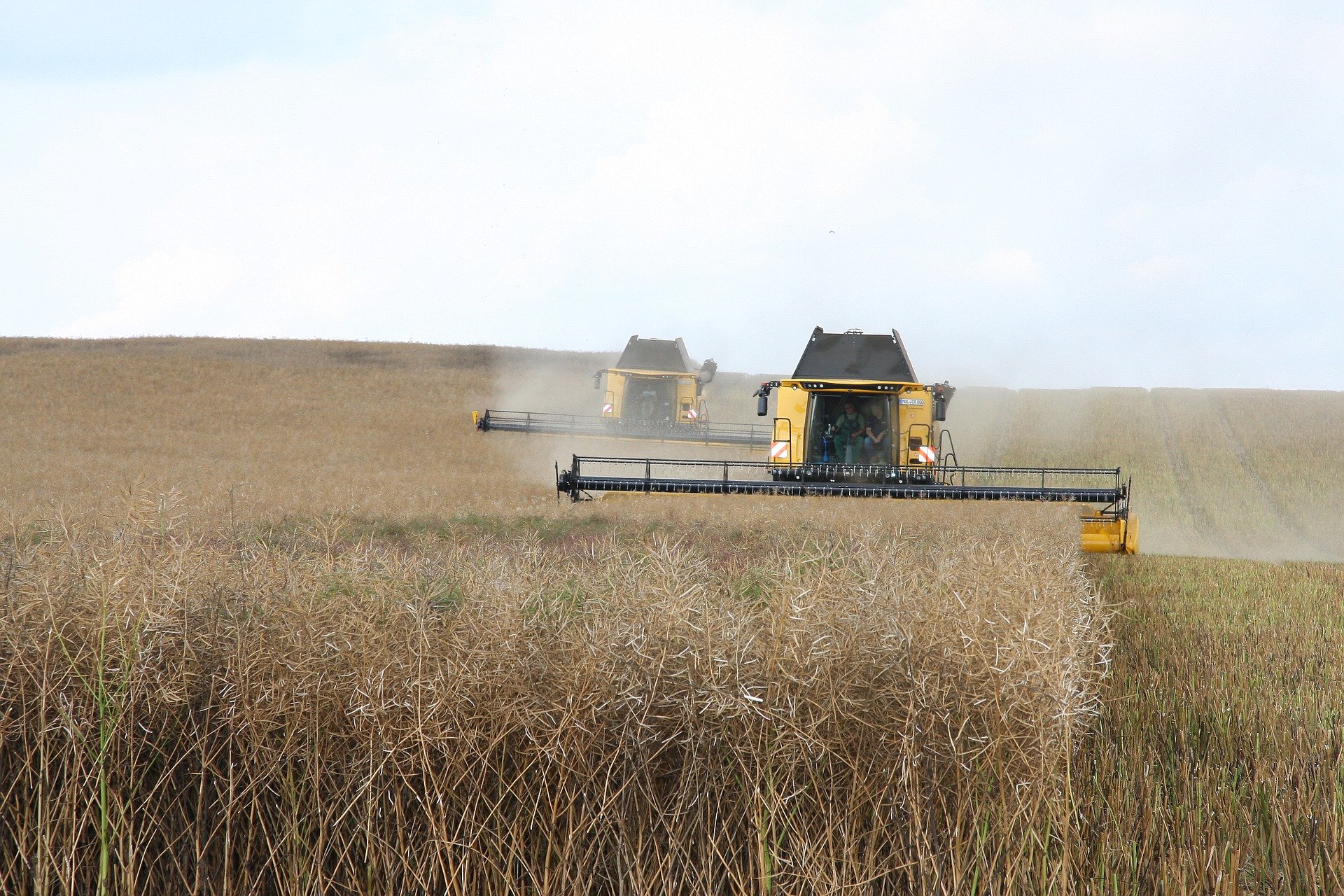Water Pump Applications for Farming, Irrigation, and Industry
Water pumps are mechanical devices designed to move water from one location to another, and they play central roles across agriculture, irrigation, and industrial operations. Whether lifting groundwater for crop irrigation, circulating cooling water in factories, or managing drainage on farms, pumps vary by type, capacity, and energy source to meet specific site requirements and operational goals.

Water pump types and selection
A range of water pump types exists, including centrifugal, submersible, positive displacement, and diaphragm pumps. Centrifugal pumps are common where continuous flow and moderate pressure are needed; submersible pumps suit deep wells and boreholes; positive displacement pumps are selected when accurate dosing or viscous fluids are involved. Selection depends on factors such as required flow rate (liters per minute or cubic meters per hour), head (vertical lift), available power (electric, diesel, solar), and the chemical or particulate content of the water.
Choosing the right pump also means assessing duty cycles, maintenance intervals, and compatibility with existing piping. For agricultural or irrigation uses, robustness and ease of repair are often prioritized, while industrial applications may emphasize precise control and integration with process automation. Local services and suppliers can help match specifications to on-site conditions.
What pumps do in irrigation systems
In irrigation systems, water pumps deliver water from sources—wells, rivers, ponds, or storage tanks—to canals, sprinklers, or drip lines. Pumping requirements for irrigation hinge on the irrigation method: pressurized systems like sprinklers and drip require steady pressure and flow control, while surface or furrow irrigation may need lower pressure but higher volume. Pumps may operate intermittently during scheduled irrigation windows or continuously in pressurized systems.
Pump efficiency affects energy consumption and operational cost. Variable frequency drives (VFDs) and pressure sensors can optimize pump runtime by adjusting speed to demand, reducing electricity use. For many farms, pairing pumps with storage reservoirs and simple automation reduces peak power needs and helps ensure water is available when crops require it.
Water pumps in agriculture
In broader agriculture beyond irrigation, water pumps support livestock watering, greenhouse climate control, fertigation (applying fertilizers through irrigation), and washdown applications. Pumps used for fertigation must resist corrosion and allow safe mixing and metering of fertilizers. For livestock, reliability and redundancy are crucial to prevent water shortages that can affect animal welfare and productivity.
Sustainable agriculture increasingly uses solar-powered pumping systems for remote fields and smallholder operations where grid access is limited. These systems can lower operating costs and simplify installation, but sizing the pump and solar array correctly is essential to meet daily demand while accounting for seasonal variability.
Industrial uses of water pumps
Industry uses water pumps for cooling, process feed, wastewater handling, boiler feed, and fire suppression systems. Industrial pumps often operate under continuous or heavy-duty cycles and must meet standards for materials, seals, and safety. For example, cooling circuits need reliable flow and temperature control, while wastewater pumps must handle solids and variable chemistry without rapid wear.
Integration with instrumentation—flow meters, pressure transducers, and automated control systems—enables predictive maintenance and efficient operation. Industrial sites frequently work with local services and specialist vendors to design pump packages, select appropriate materials (stainless steel, duplex, or specialty alloys), and implement controls that align with plant safety and environmental regulations.
Considerations for farming applications
Farming applications require a balance of cost, reliability, and simplicity. Key considerations include matching pump capacity to peak irrigation needs, ensuring power availability (grid, generator, or renewable), and planning for maintenance access and spare parts. Sediment and sand in water sources increase wear; in such cases, installing filters or sand traps ahead of pumps extends life expectancy.
Operators should also consider seasonal demand and storage options—pumps can be sized for average daily use with reservoirs handling peak needs, reducing capital and energy costs. Working with trusted local services for installation, routine checks, and training on basic troubleshooting increases uptime and reduces long-term costs in your area.
Conclusion
Water pumps are adaptable tools essential across irrigation, agriculture, farming, and industry, with designs suited to a wide range of flows, pressures, and operating conditions. Effective use requires careful selection based on source water characteristics, duty requirements, energy availability, and maintenance capacity. Considering these factors and consulting experienced local services will help align pump selection and operation with both performance needs and long-term sustainability.






